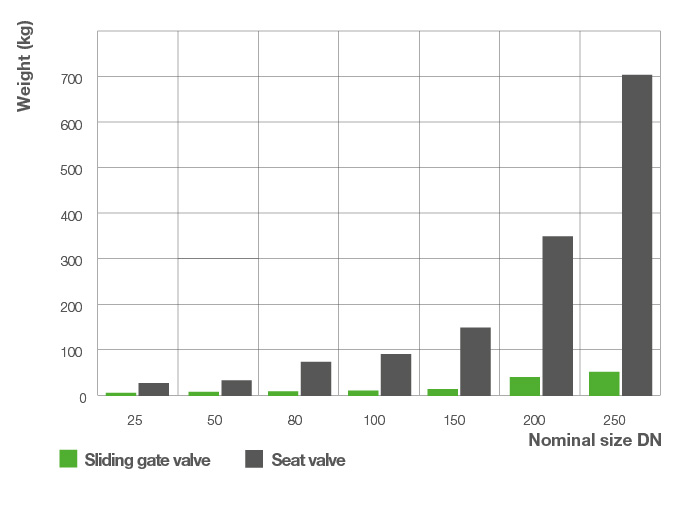
Sliding Gate Valves
Fast - innovative - precise. The valve for highest demands.
 Our selection of sliding gate valves
Our selection of sliding gate valves
-

Diaphragm actuator
To the products -
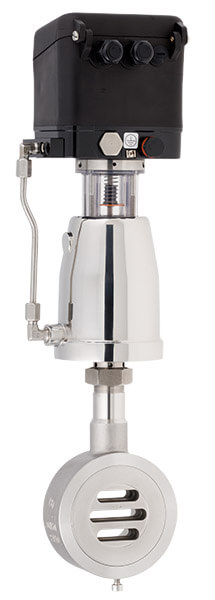
Piston actuator
To the products -

Motor actuator
To the products -

Pressure regulator
To the products -

Manual valves
To the products -

Adjustable orifice
To the products
Design principle sliding gate valves
The sliding gate valves are characterised by a special throttle device in the functional unit that merely comprises two slotted disks that slide over each other and seal against each other. One sealing disc that is fitted in the housing perpendicular to the direction of flow has a predefined number of transverse slots. The second disc that is torque-proof and has the same arrangement of slots is moved perpendicular to the other one, this thereby changing the flow cross-section. The applied pressure differential presses the movable disc against the stationary disc.
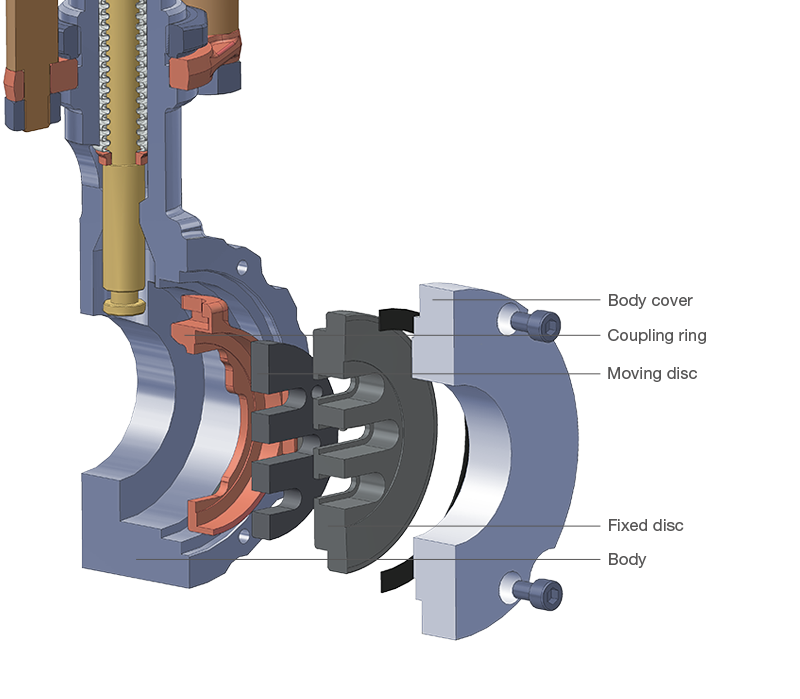
The advantages of sliding gate valves
Low actuation forces, compact design, low weight
Long service life, minimal wear, low operating costs
Precise control with high dynamics
High cycle performance with very short cycle times
High KVS values, easily exchangeable
Low noise emission and no cavitation sensitivity
High degree of tightness, low leakage due to the functional principle
Simple design, easy to install and maintain
Reduced energy consumption and low insulation losses
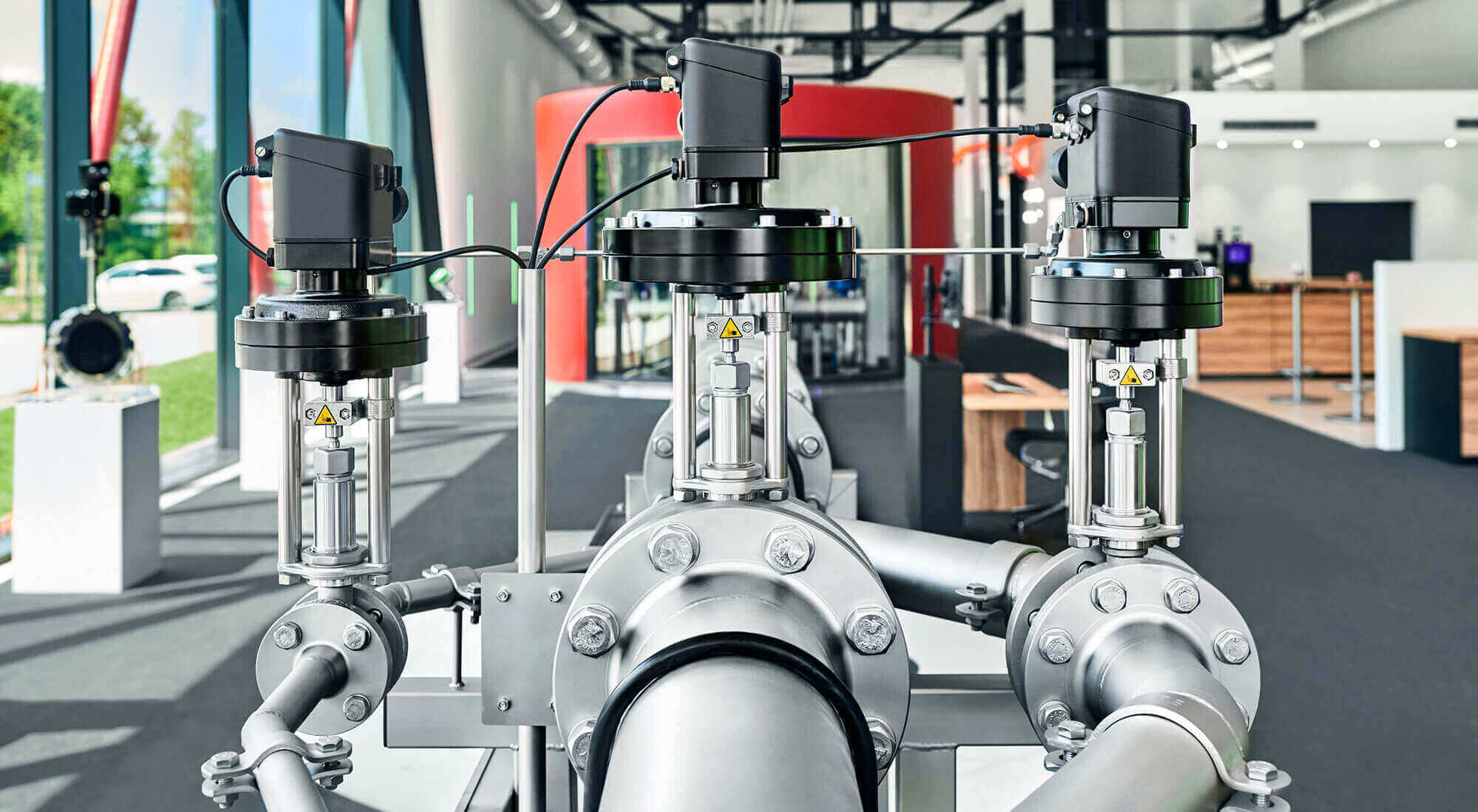
Sliding gate valve – Efficiency
The outstanding feature of the sliding gate valve is the actuating force which is about just 10% of that needed to actuate a globe valve of the same nominal size and the same differential pressure. This permits the use of much smaller actuators even though both designs of the same nominal size have about the same flow rate! This beneficial feature stems from the fact that, in the sliding gate valve, closure is trans- verse to the direction of flow and not against it, as with the globe valve.
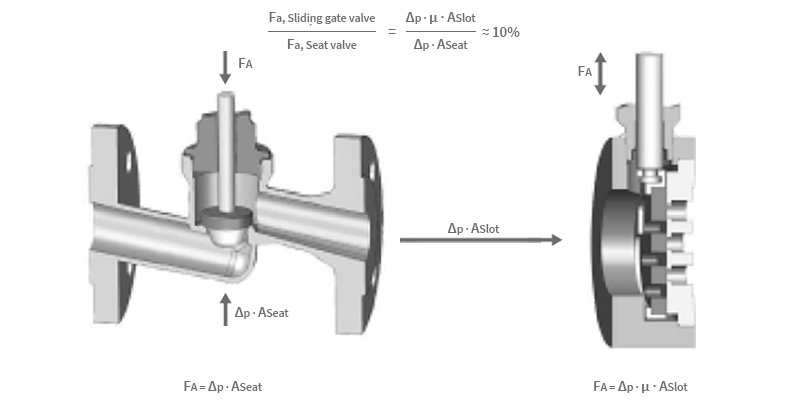
Sliding gate valve – Cavitation
A high rate of flow through the narrowest cross section of a valve will lower the local pressure below the vapour pressure of the liquid. Vapour bubbles form which then collapse in the regions of higher pressure. When they come into contact with solid boundaries (valve body), the imploding bubbles can cause damage. In the case of a sliding gate valve, these dangerous cavitation zones are external, or more accurately, they are located about 1 - 2 m beyond the valve. The cavitation bubbles then collapse around the centre of the pipeline where they can cause no harm.
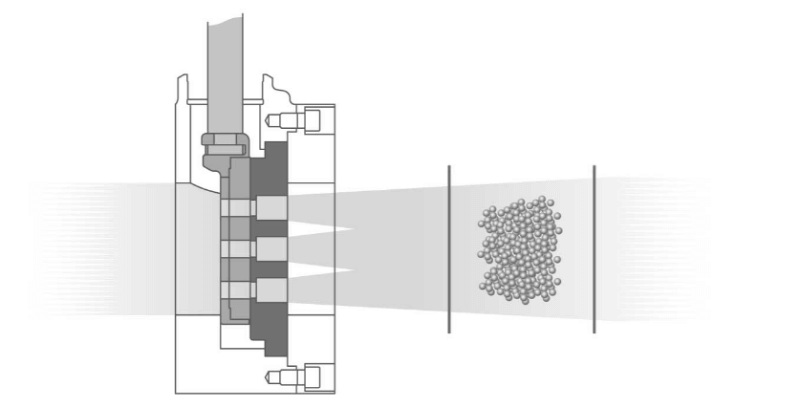
Sliding gate valve – Vitality
Sliding gate control valves are considerably faster than conventional control valves. If you compare the stroke of two valves after a control signal step, it can be seen that the short stroke, the low actuating forces and the small actuator volume of the sliding gate control valves result in lower actuating times and a significantly smaller stroke amplitude in the transient condition. This high dynamism has a positive influence on the control quality of the whole control circuit.
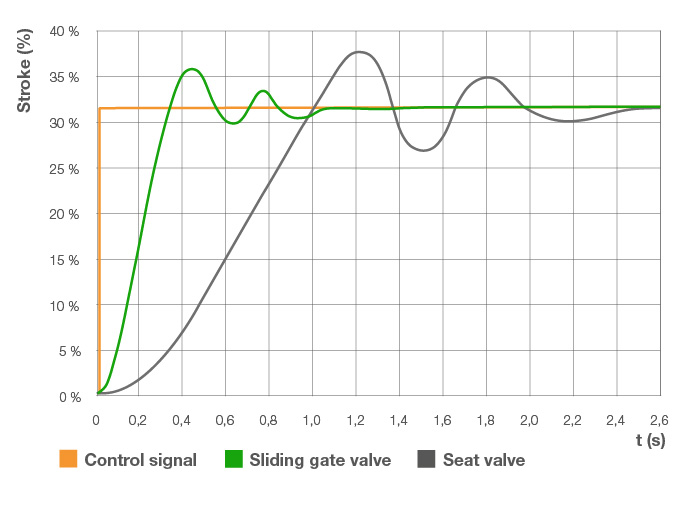
Sliding gate valve – Weight
The low actuating force and short stroke allow the use of smaller actuators. Coupled with the space-saving wafer construction, weight and in-stallation dimensions are minimised, particularly in the mid to large nominal sizes. This translates into about 150 kg for a seat globe valve in DN 150, whereas a sliding gate valve of the same nominal size weighs a mere 15 kg!
